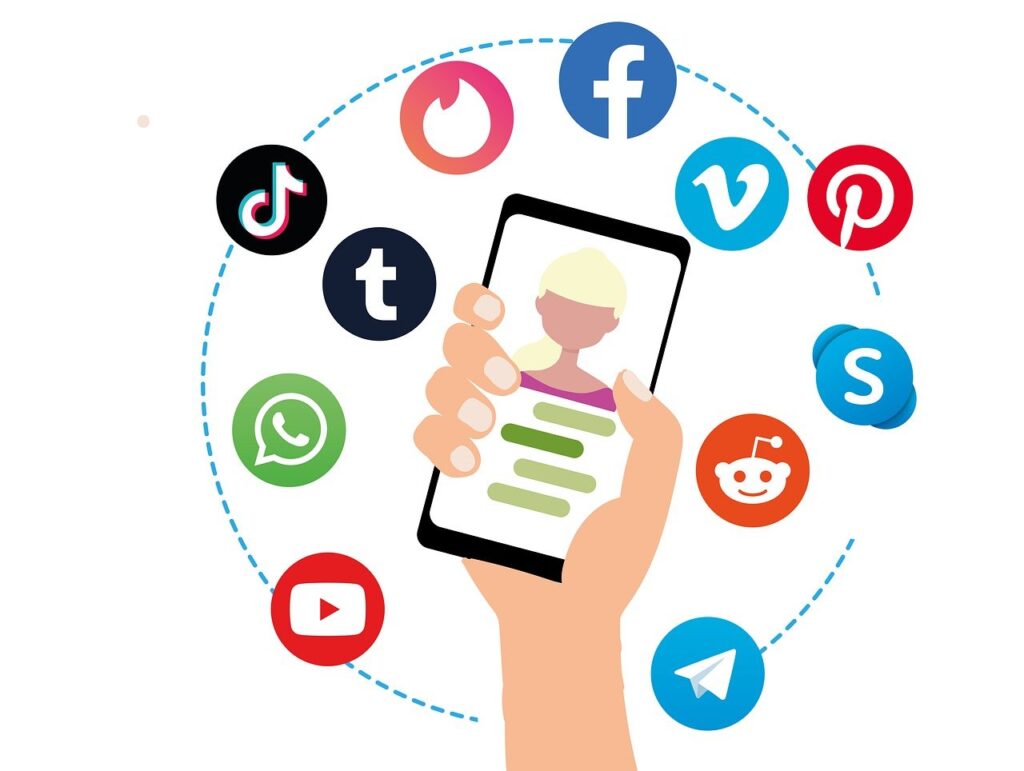
False information spreads because it’s sensational. Truth wins because it’s authentic.
When facing false info, don’t get defensive.
Instead:
> Address it head on, with facts
> Be transparent about what happened
> Show, don’t just tell – share proof, data, real stories
> Engage genuinely with concerned users
But here’s the thing – your best defense? A strong foundation of trust built through consistent, authentic content.
When your audience trusts you, they become your voice against false narratives.
No PR strategy beats genuine relationship with your audience. Build it before you need it.
All the best!
